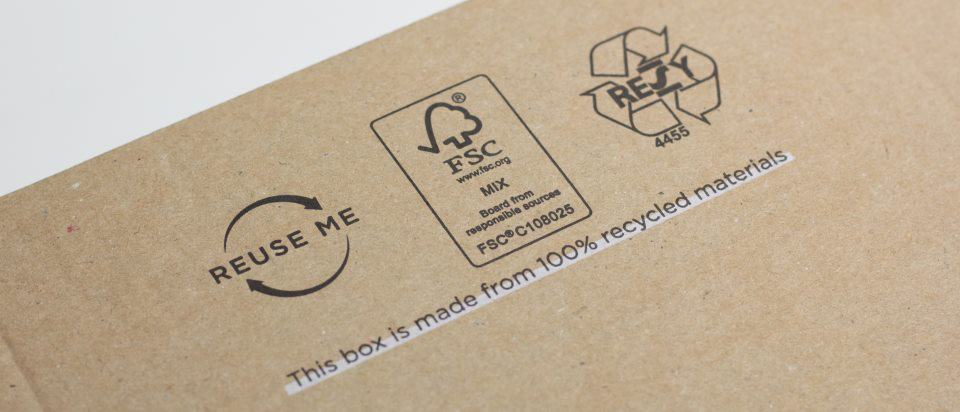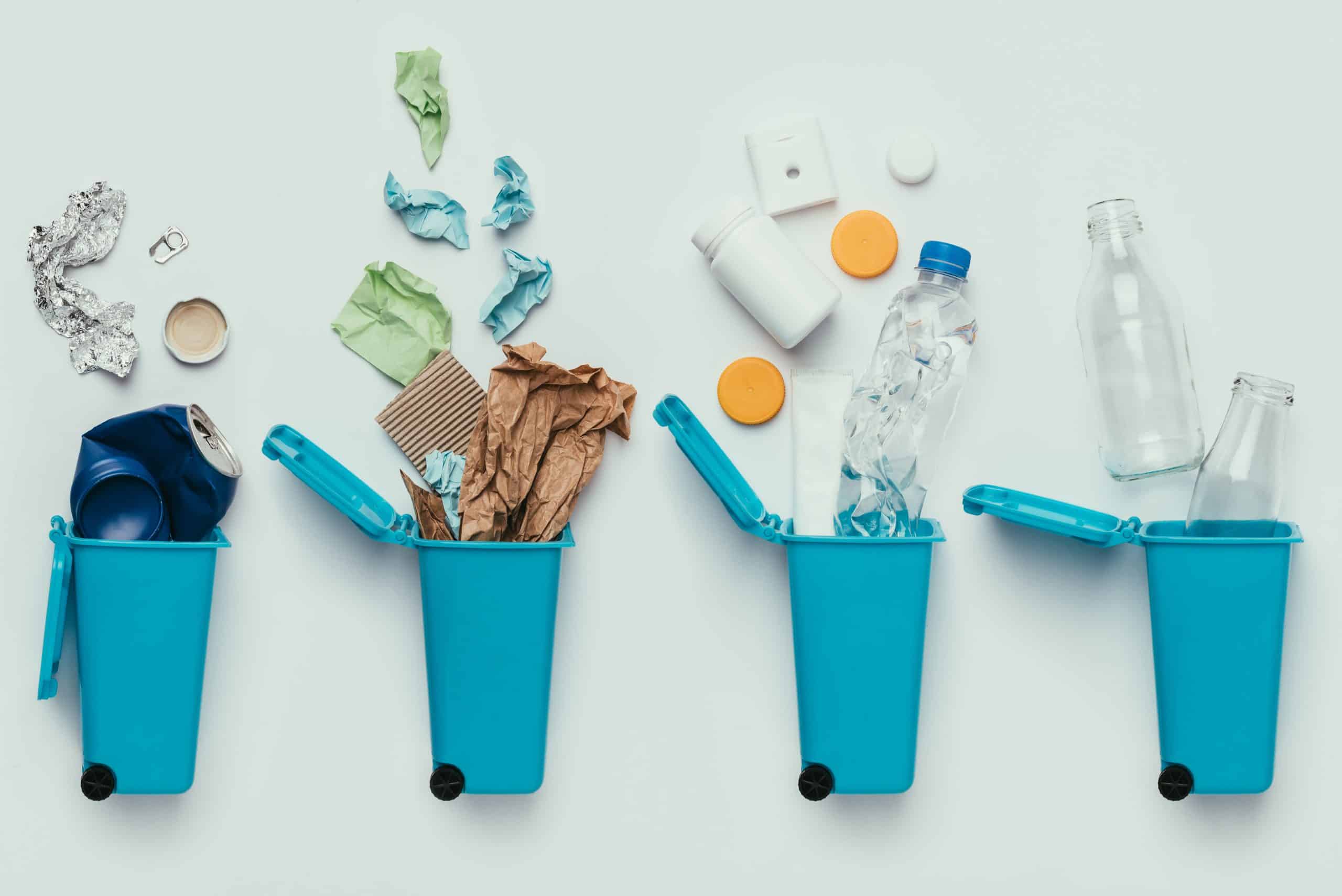Sustainability – a meaningless buzzword or a concept that can truly value add to a business? Perhaps it is the former for furniture brands milking the term in every marketing campaign. For it to achieve the latter, its tasks cannot be only relegated to a sustainability department. Rather, corporate-wide efforts must be in place, with adequate resources aligned to meet sustainability’s KPIs.

Why be sustainable?
Unfortunately, there is no mutually agreed definition of sustainability. For instance, imm Cologne highlights 5 key principles.
- Renewable raw materials: Natural materials like wood, bamboo, cotton, and even algae. Alternatively, recycled materials such as PET bottles and old wood fibres.
- Absence of harmful substances: Paint, glaze and other coatings should not cause health concerns.
- Durability: Timeless designs and superior construction that allow for years of use, which can later be handed down to the next generation or upcycled.
- Fair production: Good working conditions and fair wages for workers.
- Short transport routes: Local materials, suppliers, and production in the vicinity to reduce carbon footprint.

Meanwhile, labels like FSC 100% are typically more rigorous in standard, and thus more objective in definition. Other environmental certification bodies like The Blue Angel and DGM can further establish credibility, underlining the importance of sustainability in the backdrop of consumers wanting to know more about the products they buy.

Unsurprisingly, a study by PWC reveals that being sustainable is important for 75% of consumers when buying furniture. With furniture being a high involvement purchase and consumers questioning every corporate commitment, brands should go beyond virtue signaling and actually operate by their values.
A glimpse into the future
The weight of sustainability in driving decisions across the value chain will spur innovation at scale but remains to be seen if it will eventually become a competitive advantage given it is often a hygiene factor. Retailers at large still lack a sustainability department, save for players like IKEA and Wayfair.
Fortunately, industry players are already taking the first step by integrating sustainability principles in their offerings. On the recycling front, Denmark-based Belia utilises surplus foam in its Recover modular sofa, decked in removable covers to extend its life. Meanwhile, Zuiver’s iconic Albert Kuip Coffee chair has its body made from 42.5% recycled coffee residues.
More excitingly, renewable materials are constantly experimented in the context of furniture. The acoustic panels of Silent Fiber, made of compacted wood, hemp, or peat, has patches of moss attached to elevate its functional value, doubling as a wall accessory that injects greenery to interiors.
Other unconventional practices include upcycling – like from brothers Humberto and Fernando Campana. By collecting everyday items that are doomed to the landfill – think rugs, stuffed toys, or household devices – the Brazilian duo repurposes them via collage techniques to create new furniture.

Sustainability in SBN: Always a work in progress
If these examples are anything to go by, it’s that the future of furniture will be defined by sustainability. With over 20 years of know-how serving international furniture brands and retailers, SBN remains at the forefront of sustainability, whether it be manufacture of rattan or bamboo, space-saving products that reduce freight cost, down to designs that account for a product’s end-of-life environmental impact. As 2021 draws to an end, let us take a moment to ponder: how can we further our sustainability agenda?

